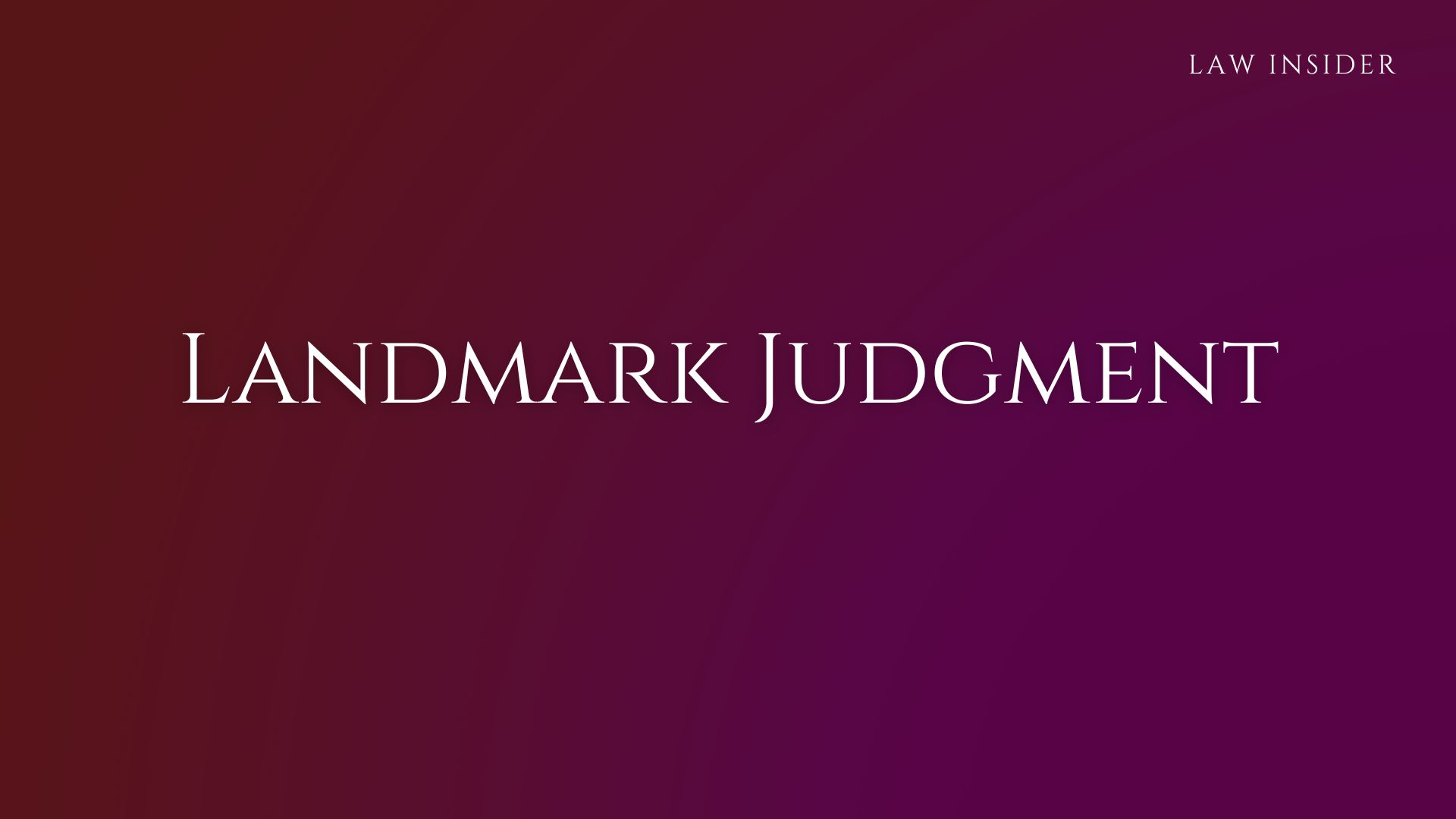Court- Supreme Court of India
Citation- K.C. Gajapati Narayan Deo v. State of Orissa 1954 SCR 1
Honourable Supreme Court of India has held that Colourable Legislation is a situation where the legislature avows on the face of an Act that it intends thereby to legislate in reference to a subject over which it has no jurisdiction. However if the enacting clauses of the Act bring the legislation within its powers, then such Act cannot be considered ultra vires
9. It may be made clear at the outset that the doctrine of colourable legislation does not involve any question of bona fides or mala fides on the part of the legislature. The whole doctrine resolves itself into the question of competency of a particular legislature to enact a particular law.
If the legislature is competent to pass a particular law, the motives which impelled it to act are really irrelevant.
On the other hand, if the legislature lacks competency, the question of motive does not arise at all. Whether a statute is constitutional or not is thus always a question of power [ Vide Cooley’s Constitutional Limitations, Vol 1 p 379] .
A distinction, however, exists between a legislature which is legally omnipotent like the British Parliament and the laws promulgated by it which could not be challenged on the ground of incompetence, and a legislature which enjoys only a limited or a qualified jurisdiction.
If the Constitution of a State distributes the legislative powers amongst different bodies, which have to act within their respective spheres marked out by specific legislative entries, or if there are limitations on the legislative authority in the shape of fundamental rights, questions do arise as to whether the legislature in a particular case has or has not, in respect to the subject-matter of the statute or in the method of enacting it, transgressed the limits of its constitutional powers.
Such transgression may be patent, manifest or direct, but it may also be disguised, covert and indirect and it is to this latter class of cases that the expression “colourable legislation” has been applied in certain judicial pronouncements.
The idea conveyed by the expression is that although apparently a legislature in passing a statute purported to act within the limits of its powers, yet in substance and in reality it transgressed these powers, the transgression being veiled by what appears, on proper examination, to be a mere pretence or disguise.
Drafted By Abhijit Mishra
Key Words- Supreme Court, Colourable Legislation, Jurisdiction

